The Popstar as Projection: Taylor Swift and the Failure of the Controlled Rebrand
How Taylor Swift built an empire on girlhood, innocence, and control — and why that image can’t survive the current culture.
**For my fellow Swifties, the following analysis is brought to you by extensive Googling. I’m too poor for 382 vinyl variants and iTunes downloads that explain the meaning of the same song thirty different times.
i. the myth of the successful rebrand
Taylor Swift. Icon to many, capitalist nightmare to some (me).
For the past few years, Swift has been terrorizing the general public with her frantic, almost manicured dedication to charting every fiscal quarter like she’s running an arts-and-crafts version of Amazon. Every year needs a No. 1. Every album needs a Grammy submission. And every era must be sold in twelve colorways.
CD variants, vinyl variants, limited editions, deluxe editions, “oops, another deluxe edition,” thirty-seven iTunes exclusives, a cardigan, a different cardigan, three jackets, a tote bag that disintegrates on purpose so you have to buy the upgraded tote bag — if it can be consumed, collected, hoarded, or turned into scarcity-driven merch panic, Taylor has already thought of it.
It’s genius. It’s exhausting.
It’s capitalism with a friendship bracelet attached.
The white female popstar goes through many phases.
Virginial teen pop.
The slut era.
The Neptunes feature.
But Taylor never quite made the jump. For the last decade and thirty million albums, she’s been suspended somewhere in the middle — an uncanny valley of womanhood. Is she eighteen or thirty-five? Is she the last good girl in America or a schoolteacher with three kids and a dumb husband who coaches JV baseball?
She is both. She is neither.
She is forever narrating the diary entries of a girl who never actually grows up.
White girlhood, especially white celebrity, is such a fascinating American phenomenon. It’s taking the naïveté of youth and broadcasting it on a mass scale.
It’s also where every popstar of the last twenty-five years started their career.
Britney Spears and her plea for her baby to hit her one more time.
Christina Aguilera and her need to be rubbed the right way.
Jessica Simpson and her horrible rendition of “Take My Breath Away.”
Taylor’s first taste of the “bad girl” life? Her first official pop album, 1989. Taylor Swift was 24 when we all collectively agreed that “Shake It Off” was the most annoying song to receive radio play in 2014.
She pop-and-locked and reminded the haters — or mainly just Kanye West — that she shakes them right off. Perfect song for your middle school daughter to blast after getting shoved into a locker.
But as a reinvention? As a pivot into adult pop stardom?
It was aggressively… safe.
ii. the attempted pivot
Oddly, the greatest thing that ever happened to Taylor may have been the 2009 VMAs.
If Kanye never got on that stage and permanently placed her in the Professional Victim category, we likely would have stopped caring about Taylor after Red.
What a humiliating experience to have as a 19-year-old girl. A grown man stealing the spotlight from you to say you were inadequate. It was mean. And in the following years, Kanye continued to harass her.
But here’s the uncomfortable truth — not Taylor’s fault, but still true:
The cultural optics of “Black man bullies innocent white girl” activated America’s oldest instinct.
It cemented Taylor as a symbol of purity and vulnerability.
She spent the next fifteen years benefitting from that blindspot.
While other artists had to pivot — strategically, emotionally, artistically — Taylor remained relatively consistent and, quite frankly, boring. She never had to sell sex. She never had to evolve. Her music is what plays in the background of a Netflix show when the protagonist kisses her crush for the first time.
1989 is a hood classic, as they say. It went triple platinum in my house — but it’s not a revolutionary pop record. And as a Black woman, it’s certainly far removed from my lived experience.
Watching the videos for “Blank Space” or “Bad Blood,” you can’t help but giggle a little. It’s so obvious how hard she was trying. The girl squad, the Kendrick Lamar feature — everything felt curated to the point of hiding something.
And then there’s the personal style. The twee era. The Kennedy cosplay. The pearls, the pie-baking, the Hyannis Port debutante fantasy. She was caught in the middle, but perfectly packaged for middle America.
She was blonde, thin, pretty, and had a quantifiable level of talent. She was publicly humiliated by a Black man. She dressed like a 13-year-old whose mother let her roam the mall alone for the first time. She had a large group of female friends to prove she was a “girls’ girl.” Her music preached girl power, acceptance, ignoring the haters. Because of her age and cycle of boyfriends, you assumed she was sexually active.
The difference?
She wasn’t a “slut” about it like Britney and Christina.
She didn’t spit in the face of your working-class family from Michigan.
She paraded around NYC and Europe with clean-cut white boyfriends, but she kept her clothes on.
She’s Britney if Britney hadn’t been allowed to successfully make In the Zone.
The Taylor Swift Industrial Complex worked brilliantly when she was 19, endearing when she was 25, tolerable at 28 — but at 35, the innocence shtick has started to curdle. Because the truth is simple: the ingénue narrative only works if the ingénue stays young, and Taylor Swift is no longer young enough — nor culturally naïve enough — to sell the innocence that built her empire.
Taylor Swift losing the rights to her music was almost too perfect for her image — Scooter Braun (another man) swooping in to humiliate and punch down on the young woman.
Oh, if I were her PR rep, I would have been foaming at the mouth, because you couldn’t script better branding if you tried.
iii. her image worked…until it didn’t
Club culture reached a fever pitch in the early 2010s. My president was Black, my lambo was blue, and the economy was finally on the up-and-up. We were tucked safely into bed at 10 p.m.
Pop music was horny, chaotic, and fun.
Gaga in a latex leotard singing about riding.
Britney whispering about going “all the way.”
I vividly remember my mother screaming at me for singing “LoveGame” in the car — it wasn’t “appropriate” for children.
This was the era where the pop girl grew up fast and unapologetically.
Sexuality wasn’t marketed — it was demanded.
And then there was Taylor Swift, whose entire career felt like the sonic equivalent of a library scene in a Netflix teen drama.
As we moved deeper into a high-stakes, technology-drenched society, art started mutating. The public developed a taste for chaos, transparency, and self-awareness. The age of the girlboss fizzled. The boyband industrial complex collapsed. We stopped craving perfection and started craving authenticity — mess, anger, ugliness, honesty.
That’s why Taylor’s image began to falter: the world evolved, but her persona didn’t.
We’re living with a criminal for a president, a crumbling economy, a housing crisis, a generation pursuing therapy instead of marriage, and podcast men reminding women that they’re whores who deserve to die. The culture is too bleak for fairy tales.
So of course Charli XCX and Addison Rae are having their moment.
Of course they are.
We’re attracted to women who are a little unhinged, a little unserious, a little rebellious — because rebellion reads as honesty now.
Charli and Addison aren’t selling girlhood.
They’re selling release.
iv. the authenticity problem
The Life of a Showgirl came and went like it was nothing.
Probably because the album sounded nothing like the life of a showgirl.
What she should have called it was I Love Travis Kelce and I’m trying to beat Sabrina Carpenter to the concept.
For the first time in a long time, I saw more critics than supporters. Even the Apple Music description is… odd:
“What’s a girl gonna do after the record-smashing Eras Tour?”
Girl? Taylor Swift is 35.
This “era” isn’t about artistry or reinvention.
It’s about the fact that Taylor Swift has finally become the senior prom queen.
She has the football player boyfriend, the fame, the recognition — everything the once-overlooked horse-girl-with-a-guitar never had. And she’s relishing it.
But here’s the issue:
It reads as wish-fulfillment — teenage fantasy delivered twenty years late.
At a time when audiences crave mess, complexity, contradiction, and reality…
Taylor is still selling the soft-focus fairytale she mastered in 2008.
And for the first time in her career, everyone just shrugged.
v. folklore and evermore
What kills me is that she almost had it.
Folklore and Evermore are her most adult bodies of work — and she completely regressed with Midnights. I mean, come on, “This Is Me Trying” is my go-to crying song.
And what I don’t understand is why.
Midnights was cute, sure, but Taylor needs to stop competing with artists a decade younger than her. Midnights read as a response to Olivia Rodrigo’s rising star power. Olivia was gradually stealing Taylor’s audience in a much more entertaining grunge-2000s way.
This return to pop is her attempt at knocking Sabrina Carpenter and Chappell Roan off the Billboard Hot 100.
And it’s so sad to witness.
This terrible fear of disappearing, of being forgotten…
and she’s going to do it all by herself.
vi. evolution
Taylor needs to evolve or she’ll become Katy Perry.
There was a time when you would switch between radio stations and hear the entirety of Teenage Dream. Now Katy Perry is a laughingstock online. Witness was the final nail in her popstar coffin.
The Life of a Showgirl is the first nail for Taylor.
This level of capitalistic greed worked really well under the Obama administration, but as our economy crumbles, this braggadocious attitude is played. She’ll become an act audiences shrug at.
The truth is this: popstars don’t disappear because they get older.
They disappear because the world around them changes and they refuse to change with it.
And right now, Taylor Swift is clinging to an identity that no longer fits the culture or her age or, frankly, her talent.
She has the money, the acclaim, the legacy.
What she doesn’t have is the courage to evolve.
And that’s the tragedy here — not the downfall, not the criticism, not the memes.
The tragedy is that Taylor Swift could become one of the greats. She could write the kind of music we teach in college classes. She could age like Joni Mitchell or reinvent like Madonna or vanish and reemerge like Beyoncé.
But she won’t.
Because the girlhood fantasy is too profitable to let go of.
And so we’re watching the slow, glittery unraveling of a woman desperately trying to remain the girl she used to be. A popstar living in a world that has already moved on. This is why her personality, her sense of style, her language always seems five years in the past.
And if Taylor Swift doesn’t evolve soon, she won’t be the main character of pop music anymore.
She’ll be a nostalgia act.



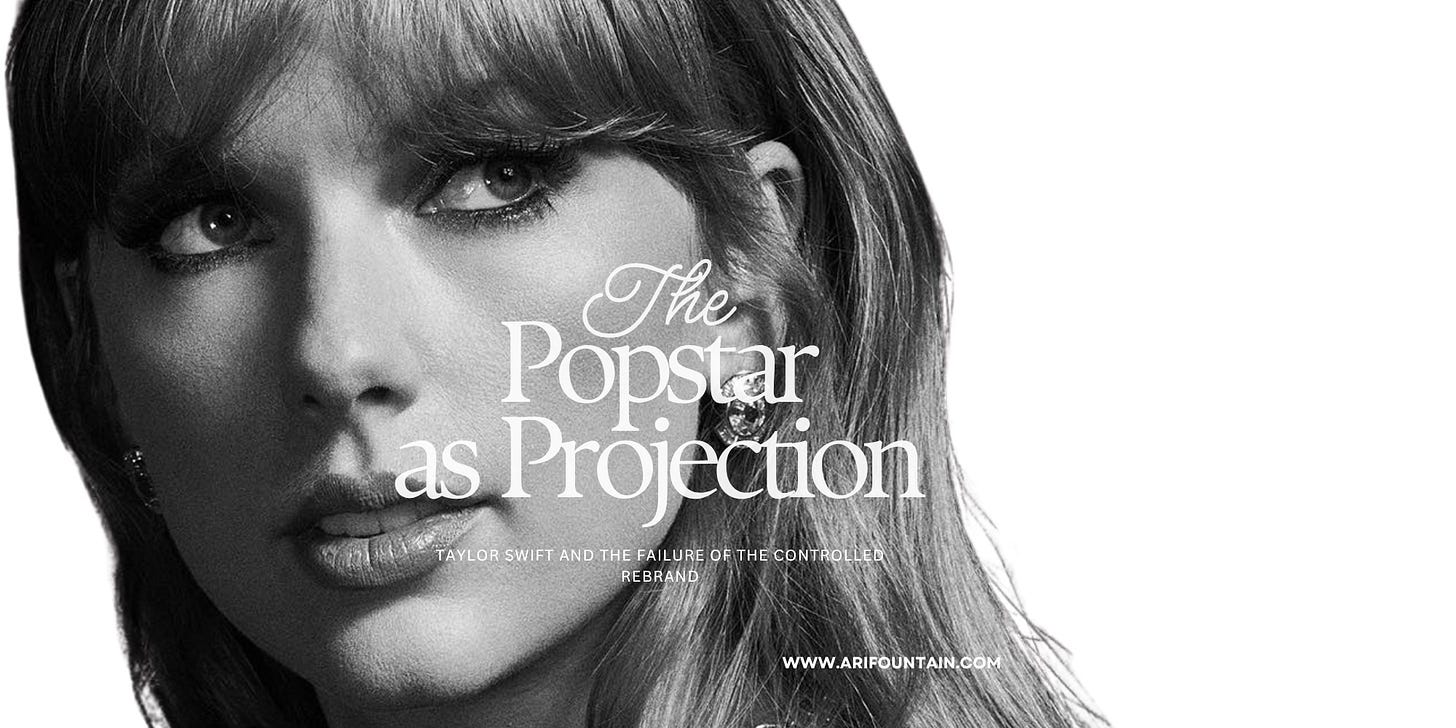
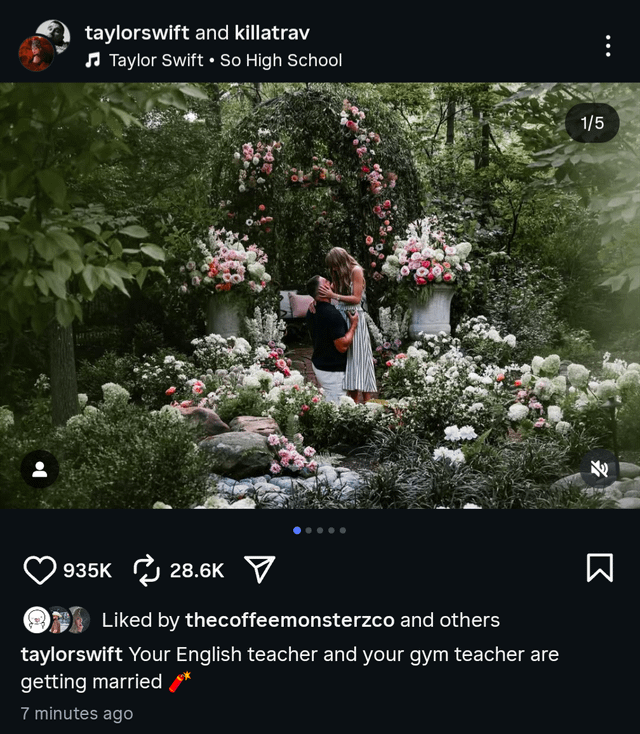
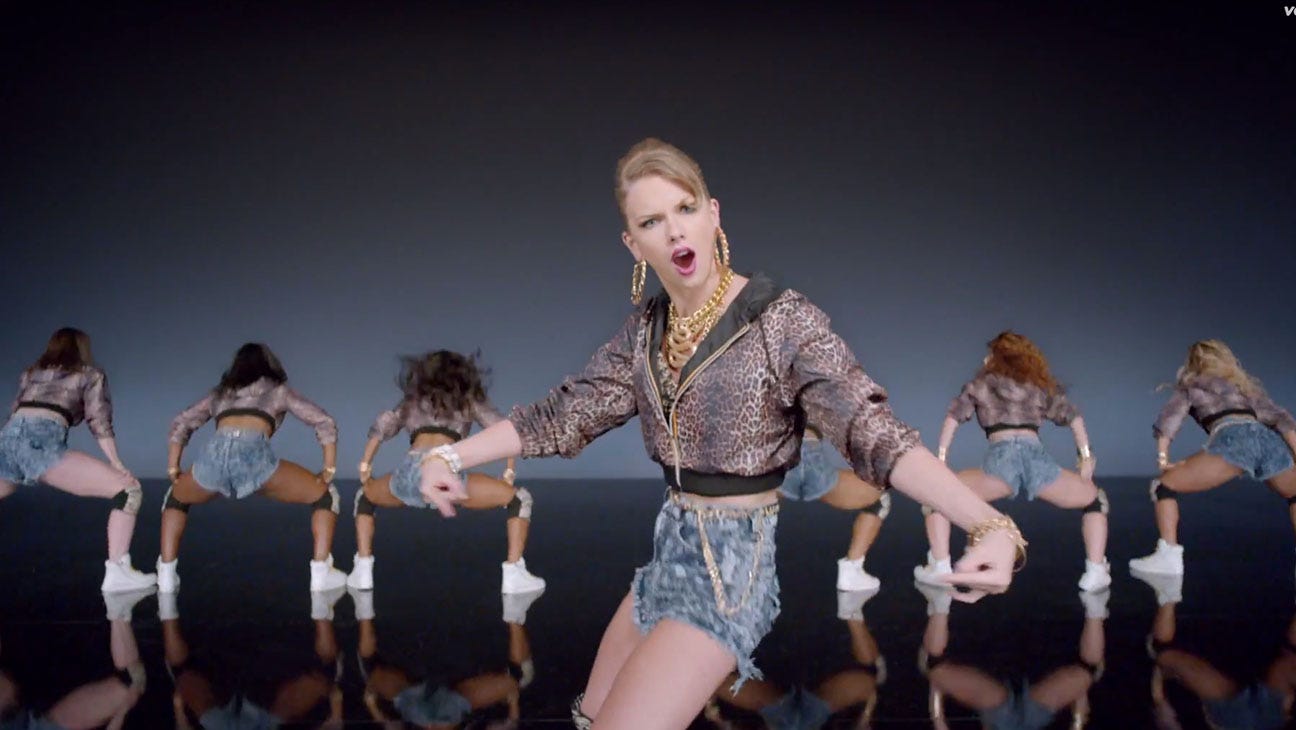

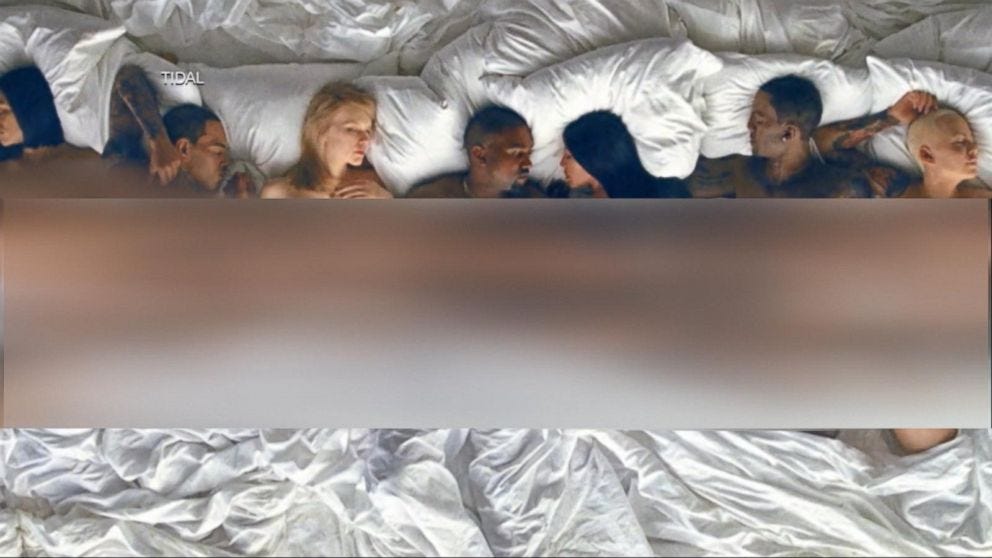



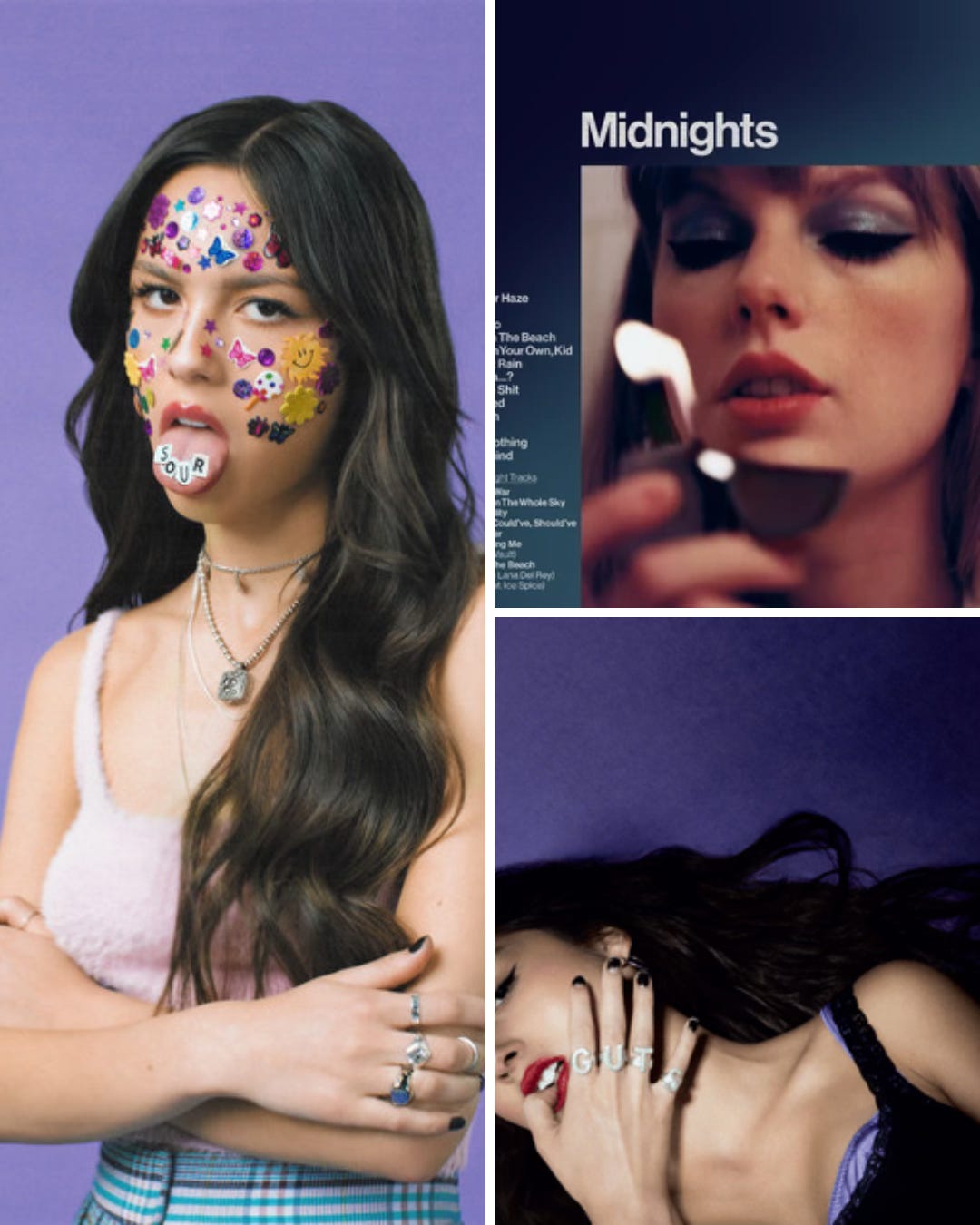
Hmmm.